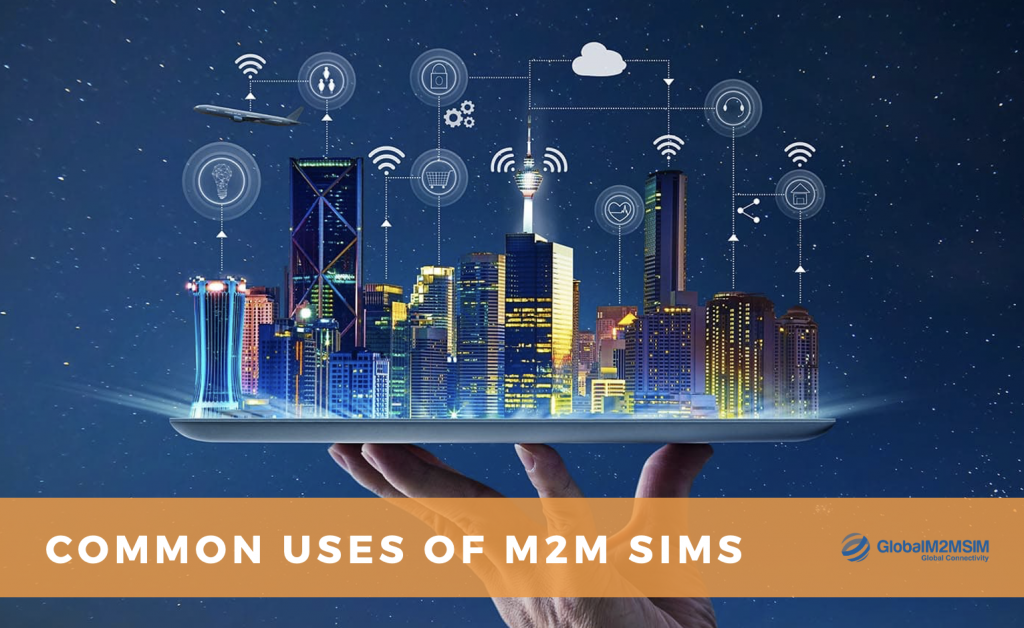
What are the most common uses for an M2M SIM?
Machine to machine (M2M) communication has become common place in business today, whether you recognise it or not. It’s used across many sectors for countless purposes, some of which rely on the use of an M2M SIM for continuous functionality.
The beauty of M2M SIMs is that they’ve been designed specifically for use in machines and Internet of Things (IoT) devices. Physically, they can be more durable than a regular SIM and can withstand significant temperature fluctuations and longer life spans. Depending on the device the SIM is used in, it can latch on to the strongest available network at any given time.
But while these SIMs can be deployed with great benefit in any IoT device, there are certain sectors where they provide the only viable form of connectivity. So, where are M2M SIMs most commonly used? And what benefits do they bring there? Let’s take a look…
- Fleet vehicle tracking and GPS
There are various reasons why M2M SIM can benefit in the management of fleet vehicles. They range from simple GPS and the tracking of assets, to monitoring driver behaviour. With data-driven insurance a genuine prospect of the near future, it’s becoming increasingly important that fleet managers have the power to identify and correct potentially, dangerous driving behaviours.
- Logistics
As well as vehicle tracking, in logistics M2M SIMs can also work with other devices and sensors in a vehicle. This allows for real-time information transfer and – potentially – control over previously difficult to handle variables such as temperature critical goods and delicate items prone to damage through shock. With real-time smart monitoring and reporting, you have its possible to prevent issues or damage and reduce their impact to business.
- Security
It’s arguable that most CCTV and smart security systems can be connected to the internet via Wi-Fi – but M2M SIMs have benefits here too. The SIM can be used as a primary connection for failover connections should WiFi fail or not be available. In such use cases, the M2M SIM provides a level of redundancy or back up connection by connecting to the local mobile network. Such a back up ensures that it’s extremely rare for connectivity to be disrupted.
- Heavy Industry
Although in most industrial settings Wi-Fi is readily available, where there is heat, or cold, or significant movement – including the vibrations of heavy machinery – it is easy for standard wireless tech to be damaged. This is where the durable build of an “industrial” M2M SIM comes into its own. SIMs for heavy industry have a temperature tolerance range of between -40°C and 105°C and are well suited for the rigours of an industrial setting.
- Smart monitoring
Smart monitoring is everywhere. It could be for traffic or air pollution monitoring, tracking migration paths of birds or even checking where livestock is across the Highlands. Where is my beloved cow, Daisy? Has she wondered too far from the herd? From warehouses to smart homes, smart monitoring is one of the fastest growing technical developments of the last decade. And M2M SIM make it possible.
In Conclusion
The reason M2M SIMs have become so integral to our way of life is that they provide the reliable connectivity needed to drive endless industrial and business processes. In a world where data is more valuable than ever before, M2M SIMs provide the key to seamless and secure connectivity.
Are you interested in M2M SIM deployment for your business? Get in touch with us today.
No Comments yet!